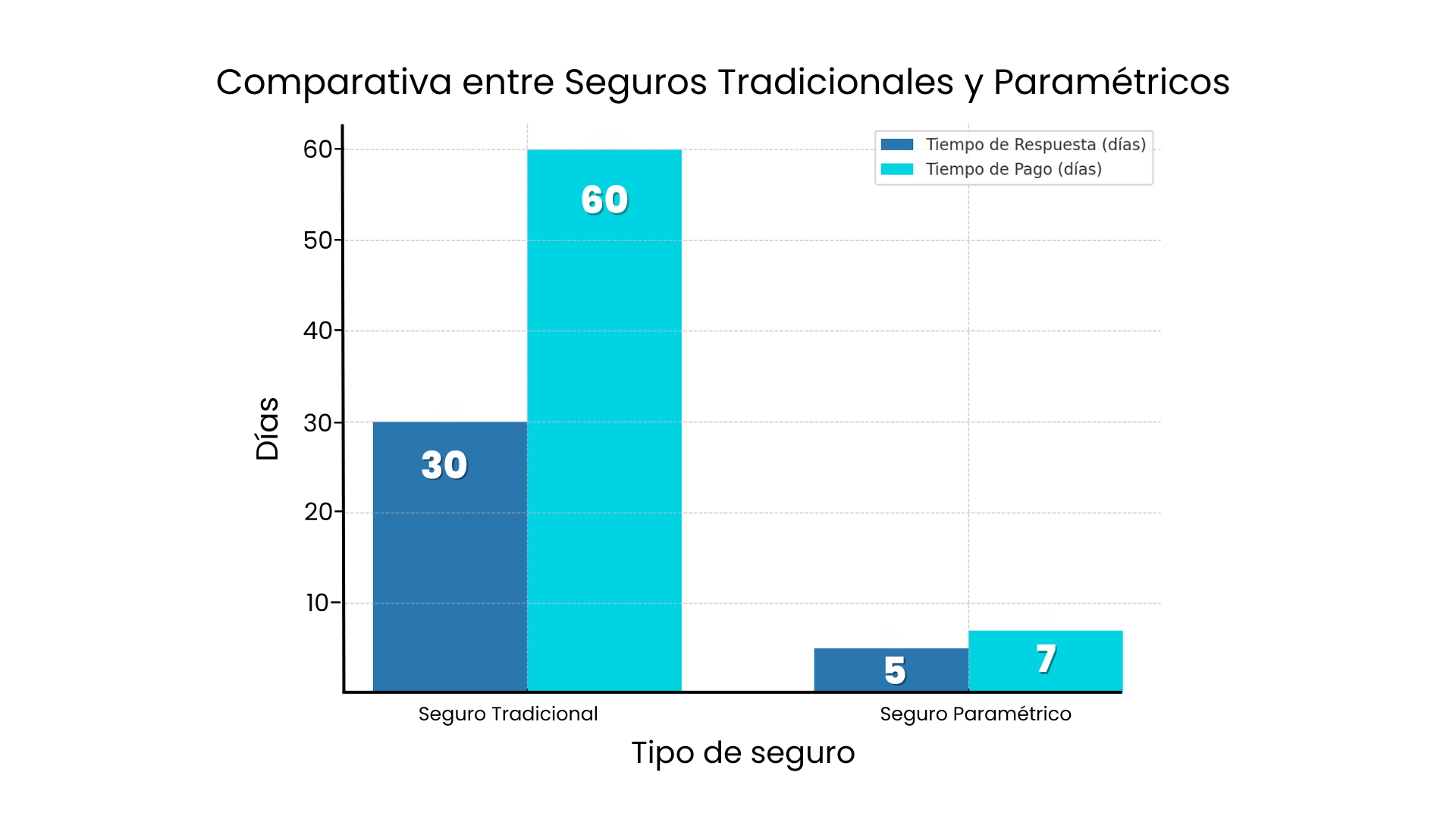Port Congestion in Europe: Causes, Impacts and Solutions 2025

By 2025, port congestion in Europe is reaching critical levels, affecting global supply chains and presenting new challenges for the insurance industry.
Causes of port congestion in Europe
By 2025, major European ports such as Rotterdam, Antwerp and Hamburg are experiencing unprecedented congestion. Ships are waiting up to 5 days to unload their goods, which has created a significant bottleneck in international logistics. This situation is due to a combination of factors: increased cargoes diverted from the Suez Canal, historically low levels of the Rhine River affecting inland logistics, and a high turnover of feeder vessels in northern European ports. As a result, waiting times are increasing, operating windows are shrinking, and shipping lines must reroute vessels or skip scheduled calls.
In addition, the post-pandemic economic recovery and the rise of e-commerce have increased demand for port capacity, exacerbating congestion. Lack of adequate infrastructure and a shortage of trained personnel have also contributed to this problem.
This directly impacts Latin American countries that export to Europe, either directly or by transshipment. Congestion not only means delays, it also means increased risk of damage from extended demurrage, storage cost overruns, and rescheduling that disrupts the entire supply chain.
Impact on the global supply chain
Port congestion has become a structural element of international trade, with cascading effects that significantly impact the global supply chain. At JAH Insurance Brokers, we have observed that this phenomenon is no longer an exception, but a constant reality.
Direct Consequences of Congestion:
-
Cargo Losses: There is a high risk of cargo damage or spoilage, especially for perishable or sensitive products that require specific transportation and storage conditions.
-
Delays and Penalties: Delays not covered by traditional policies are frequent, often resulting in contractual penalties for failure to meet agreed delivery times.
-
Increased Costs and Risks: Congestion increases exposure to risks such as major breakdown and extended stays in yards and terminals, which can lead to additional operating costs for storage fees and the need to seek alternative routes, which are often more expensive.
Global Impact:
Port congestion, such as that seen in Europe, has a ripple effect that transcends borders. Delays in unloading and transporting goods not only affect delivery times, but also lead to missed contractual deadlines.
Manufacturing industries are particularly vulnerable, especially those operating just-in-time models. Disruption to production lines impacts not only European manufacturers, but also companies worldwide that rely on components and end products transported from Europe.

Challenges and opportunities for the insurance industry
Port congestion presents multiple challenges for the insurance industry. Transport delays increase the risk of damage to goods and the possibility of loss claims. In addition, logistics companies and their customers are looking for broader and more specific coverages that can protect them against these new risks.
However, this situation also presents opportunities. Insurers can develop innovative products that cover transportation delays and the associated additional costs. In addition, the implementation of real-time monitoring technologies can help mitigate risks and provide customers with greater transparency about the status of their shipments.
Strategies to mitigate congestion
To address port congestion, it is critical to implement both short- and long-term strategies. In the short term, optimizing port operations through the use of advanced technologies and improving coordination between different stakeholders can reduce waiting times.
In the long term, it is essential to invest in port infrastructure and personnel training. The development of alternative routes and the strengthening of rail and river transport can also alleviate pressure on major ports. Government policies that encourage collaboration between countries and the reduction of trade barriers will also play a crucial role.
Future prospects and recommendations
Looking ahead, port congestion is likely to remain a challenge, but with the right measures, its impacts can be minimized. Logistics companies should take a proactive approach, investing in digital supply chain technologies and working closely with partners to improve the visibility and resilience of their operations.
For insurers, it is vital to keep up with market trends and adapt their products to offer coverages that respond to new risks. Collaboration with logistics experts and the use of advanced data analytics can help develop more effective and customized solutions for clients.
In the global context where unforeseen events no longer surprise, but repeat, having the right support makes all the difference. At JAH Insurance Brokers we help you anticipate and protect your operation. Consult our specialized solutions.


